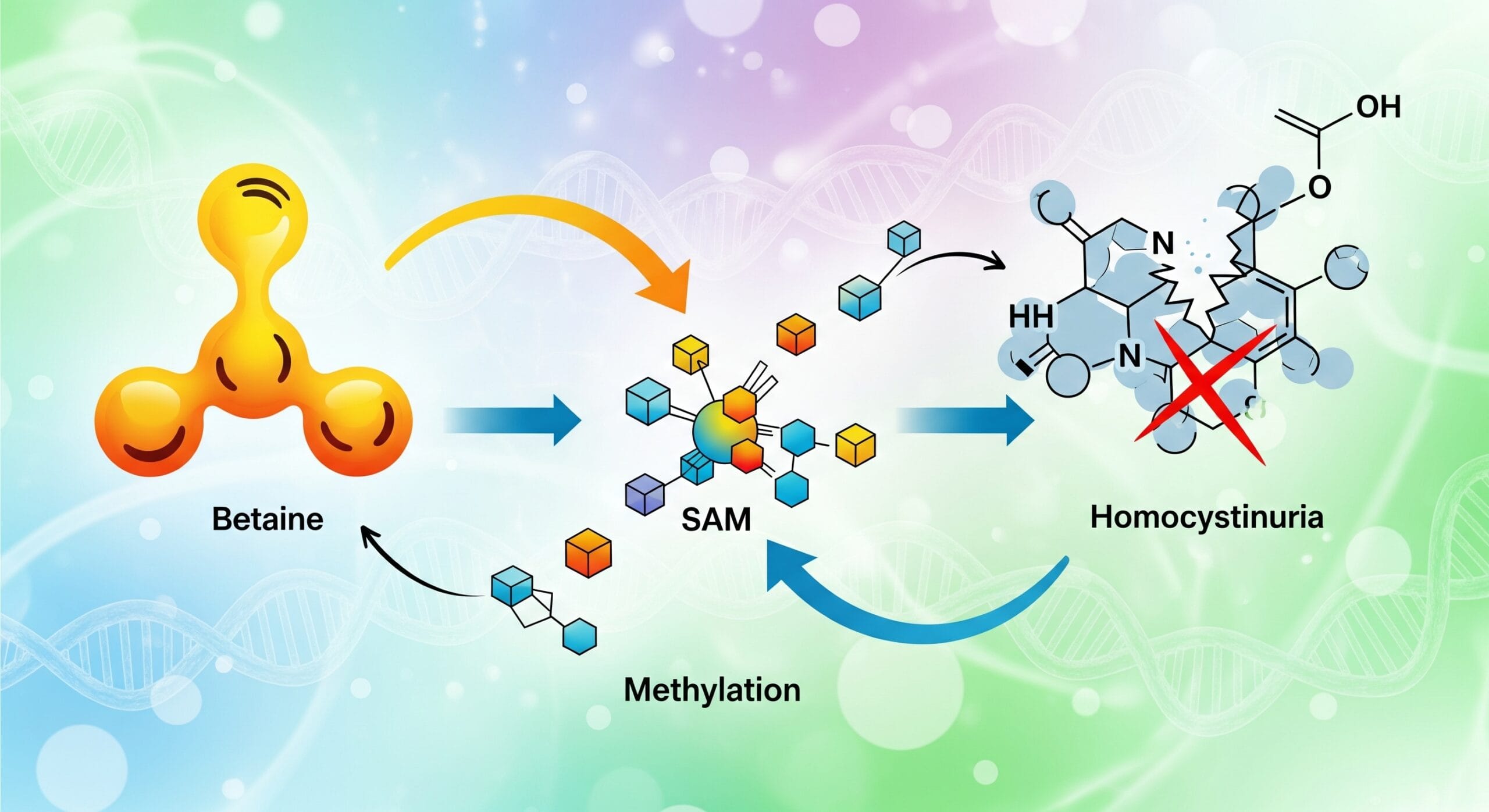Roundup is a popular brand of herbicide by Monsanto and has been making rounds not because of how great a product it is but because of its active ingredient: Glyphosate, a compound declared carcinogenic by the International Agency for Research on Cancer or IARC.
Its household popularity is not just what makes it dangerous. It made headlines when people found out Roundup was being used on GMOs (Genetically Modified crops). Reserach has also linked it to antibiotic resistance and hormone disruption. Because of this, many governments are considering banning or at least restricting the use of the substance particularly in public places such as school districts.
Glyphosate use
Monsanto introduced Glyphosate in the US in 1974 and was originally used to kill weeds by blocking proteins essential to plant growth. It’s now a common herbicide in more than 160 countries with a reported use of at least 1.4 billion lbs. (635 million kg) annually. While this is mostly sold for home use, it’s mostly applied by the agriculture sector on corn, soy, and cotton crops specially in the US.
Its use skyrocketed after seeds were genetically engineered to tolerate the chemical. Because these seeds produce plants that are not killed by glyphosate, farmers can apply the weed killer to entire fields without worrying about destroying crops.
The effect of Glyphosate to our health
Glyphosate has been linked to the following diseases/conditions:
1. Gastrointestinal disease
- The action of glyphosate as an antibiotic may alter the gastrointestinal microbiome in vertebrates, which could favor the proliferation of pathogenic microbes in humans, farm animals, pets and other exposed vertebrates. Basically by destroying the Shikamate pathway in plants (and we eat these plants, and animals feed on them) our gut microbiota is affected and we are seeing a reduction in lactobacillus among other things.
- Glyphosate-contaminated soybean feeds used in the pork industry have also been associated with elevated rates of gastrointestinal-health problems and birth defects in young pigs. Related impacts have been observed in poultry.
2. Obesity
- It has been proposed that the exponential increase in the production of synthetic organic and inorganic chemicals may be causal in the current worldwide obesity epidemic, due to alterations in body chemistry that promote weight gain.
- The shikimate pathway is the route for aromatic amino acids phenylalanine, tyrosine and tryptophan. Tryptophan is an essential amino acid, meaning that mammalian cells cannot synthesize it. Serum tryptophan depletion leads to serotonin and melatonin depletion in the brain. Since serotonin (derived from tryptophan) is a potent appetite suppressant, it follows that serotonin deficiency would lead to overeating and obesity.
- As we have seen, tryptophan supplies could be depleted both in plant-based food sources and through impaired tryptophan synthesis by gut bacteria as direct effects of glyphosate. The observed 20-fold increase in the synthesis of tryptophan-derived polyphenolic flavonoids in the context of glyphosate provides strong evidence of impaired tryptophan synthesis.
3. Cobalamin deficiency
- Species of Lactobacillus and Bifidobacterium have the capability to biosynthesize folate, so their disruption by glyphosate could contribute to folate deficiency. Either cobalamin (B12) or folate deficiency leads directly to impaired methionine synthesis from homocysteine, because these two vitamins are both required for the reaction to take place. This induces hyperhomocysteinemia (high homocysteine). Because a deficiency in cobalamin can generate a large pool of methyl-tetrahydrofolate that is unable to undergo reactions, cobalamin deficiency will often mimic folate deficiency.
- We depend upon our gut bacteria to produce cobalamin, and impaired cobalt supply would obviously lead to reduced synthesis of this critical molecule. Glyphosate is known to chelate or bind to metals like iron, copper, cobalt, molybdenum, zinc and magnesium. It has also been proposed that chelation by glyphosate of both cobalt and magnesium contributes to impaired synthesis of aromatic amino acids in Escherichia coli bacteria. Thus, it is plausible that glyphosate similarly impairs cobalamin function in humans by chelating cobalt. In addition is is severely affecting our zinc, molybdenum, iron, copper, manganese and calcium in foods and the body.
4. Cancer
- Despite most studies saying it’s generally not cancerous, one study on breast cancer conducted by Thongprakaisang S et. al. confirms at least one connection.
- Glyphosate exerts proliferative effects only in human hormone-dependent breast cancer, T47D cells, but not in hormone-independent breast cancer. The proliferative concentrations of glyphosate that induced the activation of estrogen response element transcription activity were 5-13 fold of control in T47D-KBluc cells.
- This activation was inhibited by an estrogen antagonist, ICI 182780, indicating that the estrogenic activity of glyphosate was mediated via ERs. This indicate both low and environmentally relevant concentrations of glyphosate possessed estrogenic activity.
- Recently Stephanie Seneff (the world’s most significant researcher of Glyphosate) released a paper discussing the link between glyphosate and cancer. In this paper she says “glyphosate has a large number of tumorigenic effects on biological systems, including direct damage to DNA in sensitive cells” she goes on to say that “epidemiological evidence supports strong temporal correlations between glyphosate usage on crops and a multitude of cancers that are reaching epidemic proportions, including breast cancer, pancreatic cancer, kidney cancer, thyroid cancer, liver cancer, bladder cancer and myeloid leukaemia”
5. Infertility
- Glyphosate has been described as an endocrine disruptor affecting the male reproductive system.
- Glyphosate toxicity was proposed to implicate CA(+2) overload, cell signaling misregulation, stress response of the endoplasmic reticulum, and/or depleted antioxidant defenses, could contribute to Sertoli cell disruption in spermatogenesis that could have an impact on male fertility.
6. Kidney disease
- The strong association of the consumption of hard water and occurrence of chronic kidney disease has been subjected to many discussions among investigators, but none of the available theories could explain this relationship coherently.
- Glyphosate is metabolised via the glyoxalate pathway. When this pathway is inundated more oxalate is formed and this is a direct cause of kidney disease. Oxalates are naturally occurring substances found in a wide variety of foods and although they play a supportive role in the metabolism of many plants and animals when they over accumulate inside our body, they can form stones in the kidney. They bind to calcium and can also interfere with calcium metabolism.
What now?
The EPA is reviewing its approved uses of glyphosate while countries such as Sri Lanka has banned it. Brazil is considering a similar move. Mexico and the Netherlands have imposed new restrictions, and Canada has just begun a process to consider new rules.
As for Australia, it may take a while for our government to follow suit .
So what can we do?
- Avoid genetically modified foods
- Eat as organically as you can
- Avoid canola oil
- Avoid processed foods
- Regularly check key nutrients that may be depleted by glyphosate – copper, zinc, iron, manganese, magnesium, cobalt (B12) and sulphur
- If you have a family history of kidney stones or gall bladder issues consult someone who knows about oxalates and glyphosate to get yourself assessed.
- If you have a family history of thyroid disease, you may have oxalate issues
- If you have gut issues, particularly low lactobacillus you may have oxalate/glyphosate issues.
- If you have recurrent diarrhoea you may have oxalate issues.
- If you are juicing lots of high oxalate foods like spinach, beetroot, carrot and celery these may disturb kidney function. My motto is ‘if you can’t eat it on a plate then don’t juice it’ . That means that if the amount you juice is too much for you to sit down and eat at the one meal, you are having too much.
- I suspect those with chronic iron issues may have an oxalate/glyphosate problem. Because oxalates will bind to iron making it unavailable.
- DEFINITELY DON’T USE ROUNDUP AT HOME!!!!!
More to come.
Regards
Carolyn
References
- Myers JP, Antoniou MN, Blumberg B, et al. Concerns over use of glyphosate-based herbicides and risks associated with exposures: a consensus statement. Environ Health. 2016;15:19.
- Baillie-hamilton PF. Chemical toxins: a hypothesis to explain the global obesity epidemic. J Altern Complement Med. 2002;8(2):185-92.
- Breisch ST, Zemlan FP, Hoebel BG. Hyperphagia and obesity following serotonin depletion by intraventricular p-chlorophenylalanine. Science. 1976;192(4237):382-5.
- Zhao J, Williams CC, Last RL. Induction of Arabidopsis tryptophan pathway enzymes and camalexin by amino acid starvation, oxidative stress, and an abiotic elicitor. Plant Cell. 1998;10(3):359-70.
- Rossi M, Amaretti A, Raimondi S. Folate production by probiotic bacteria. Nutrients. 2011;3(1):118-34.
- Thongprakaisang S, Thiantanawat A, Rangkadilok N, Suriyo T, Satayavivad J. Glyphosate induces human breast cancer cells growth via estrogen receptors. Food Chem Toxicol. 2013;59:129-36.
- Jayasumana C, Gunatilake S, Senanayake P. Glyphosate, hard water and nephrotoxic metals: are they the culprits behind the epidemic of chronic kidney disease of unknown etiology in Sri Lanka?. Int J Environ Res Public Health. 2014;11(2):2125-47.
- Samsel, A., & Seneff, S. (2015). Glyphosate, pathways to modern diseases IV: Cancer and related pathologies. JBPC Journal of Biological Physics and Chemistry, 15(3), 121-159. doi:10.4024/11sa15r.jbpc.15.03
[thrive_text_block color=”light” headline=””]
Do you understand how Oxalates impact your patients’ health?
Do you have patients with hormone, joint and ligament issues?
This webinar gives you the knowledge to understand the causes, issues, and management of Oxalates.
[maxbutton id=”12″ url=”https://www.mthfrsupport.info/oxalateswebinar” text=”Purchase Your On-Demand Webinar ” window=”new” ]
[/thrive_text_block]








